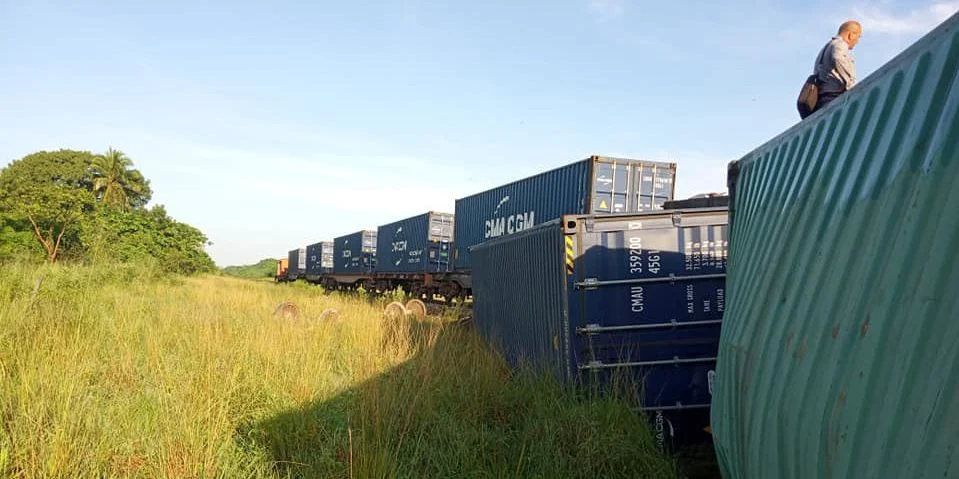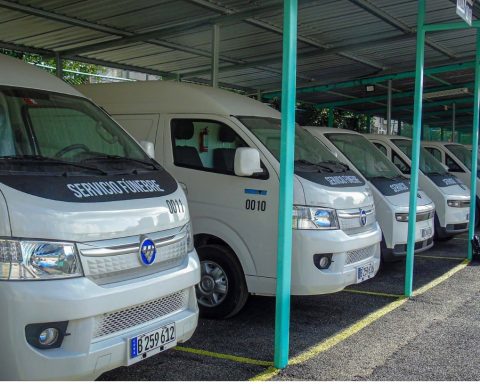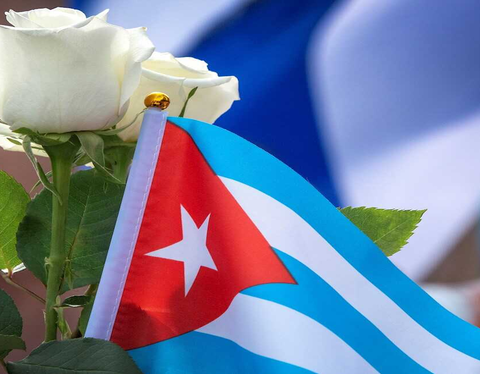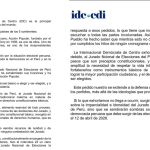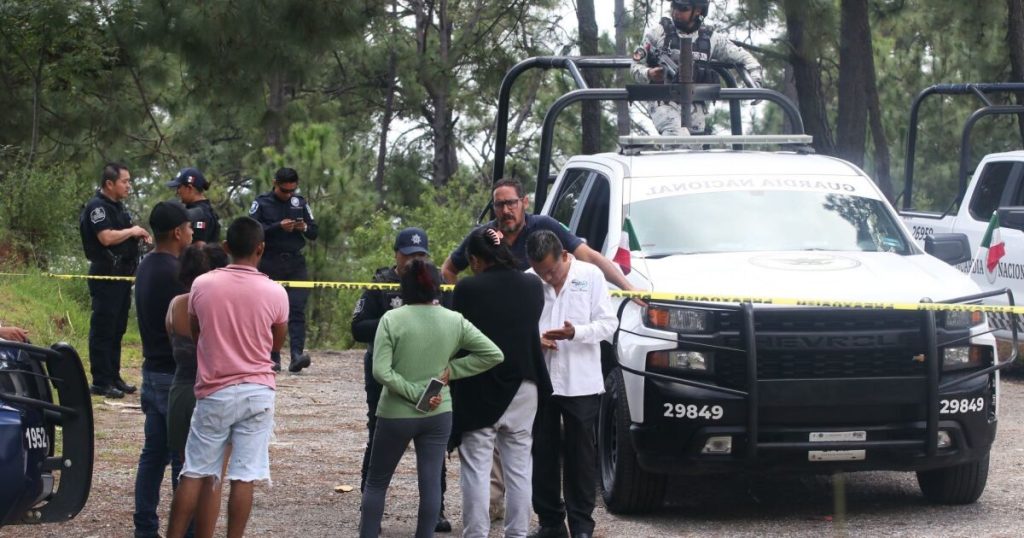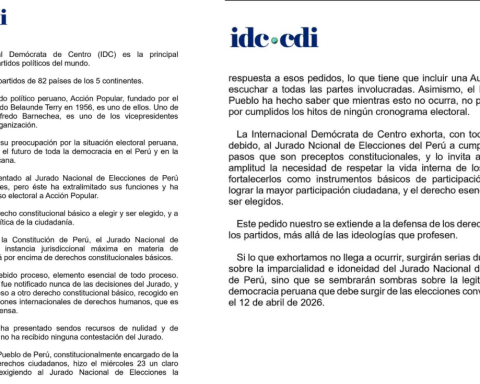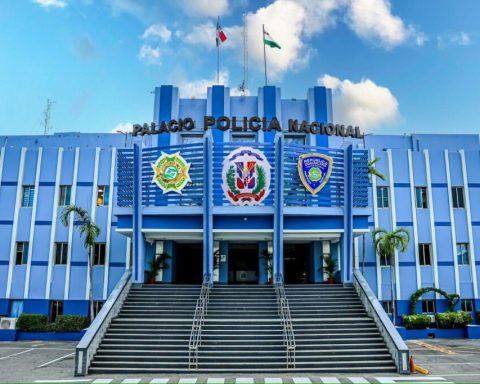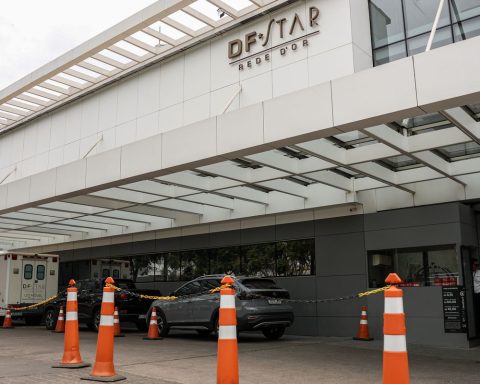HAVANA, Cuba – Train accidents happen in places all over the world, but the one that occurred in Matanzas on September 12 It makes one think about possible solutions to the poor condition of railways and freight trains.
Sugar and the railroad promoted Cubanness and the development of the country. For the first time, the train traveled the 27.5 kilometers between Havana and Bejucal on November 13, 1837. Cuba had the first railroad in Latin America and the second in the entire continent, only behind USAThe island was the seventh country in the world to have the first railway (only 12 years after the first English public service). Spain, its metropolis, acquired it in 1848. The advances of the Industrial Revolution motivated the sugarocracy of the fertile lands of Havana, Güines and Matanzas to replace the sugar mills, carts and oxen with the machinery for extracting sugar and the railway.
On September 12, the Extra Train 69 derailed in Matanzas: three of its container-carrying platforms with 16 pieces of equipment overturned, according to the General Directorate of Railways. Meanwhile, the national passenger train No. 14, which came from Guantanamo and was going to Havana, stopped for several hours in Santa Clara due to an accident.
Cuban Transport Minister Eduardo Rodríguez Dávila traveled to Russia with a large delegation in June 2024 to find financing formulas, reconfigure some projects and promote others, according to the official himself.
Over the last few years, negotiations and projects have been finalized that have directly impacted passenger and cargo transportation. However, the minister has clarified “Some of these investments are currently out of service due to a lack of spare parts and components, while new investments have not been made because the country’s financial situation (…) has prevented the purchases from being made,” he said.
The railway is regaining importance to replace passenger and freight road transport, but it is a transport route in danger in Cuba. On the one hand, it must be considered that the sector lost dozens of tracks and equipment due to the extinction of the networks belonging to the sugar mills, mainly. On the other hand, there is the example of the Provincial Transport Directorate of Pinar del Río, which recently advertisement that, due to difficulties in fuel supply, passenger transportation would be suspended as of September 14, including the Pinar-Havana train and the Pinar-Guane train.
Similar decisions could be applied by other provincial governments. We just have to wait and see.
